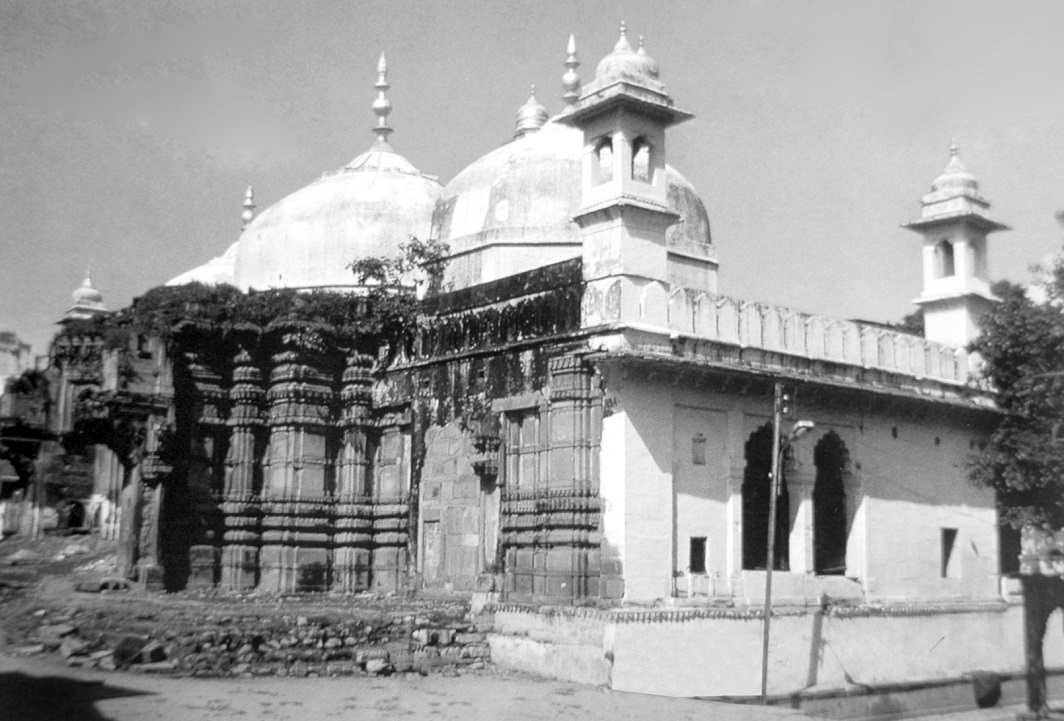Free Courses Sale ends Soon, Get It Now


Free Courses Sale ends Soon, Get It Now



Disclaimer: Copyright infringement not intended.
Context
The Archaeological Survey of India (ASI) in its scientific survey report on the Gyanvapi mosque complex has concluded that “there existed a Hindu temple prior to the construction of the existing structure” at the site.
Details
The Gyanvapi Mosque is located in Varanasi, India, near the Vishwanath Temple. It has historical and religious significance, and its history is intertwined with the Hindu-Muslim dynamics in the region.
Key points from the report
Pre-Mosque History
Establishment of Gyanvapi Mosque
Muslim Counter-Claims
Late-Mughal India
British Raj
Independent India
Ayodhya Parallel
Conclusion
The Gyanvapi Mosque remains a complex and sensitive site, reflecting the historical and religious interplay in the region. Ongoing legal and social debates underscore the challenges of addressing historical narratives and conflicting claims.
|
PRACTICE QUESTION Q. The Gyanvapi Mosque controversy in Varanasi highlights the intersection of history, religion, and contemporary legal debates. How should such disputes be approached to ensure harmony and justice in a diverse society? (250 Words) |
© 2024 iasgyan. All right reserved